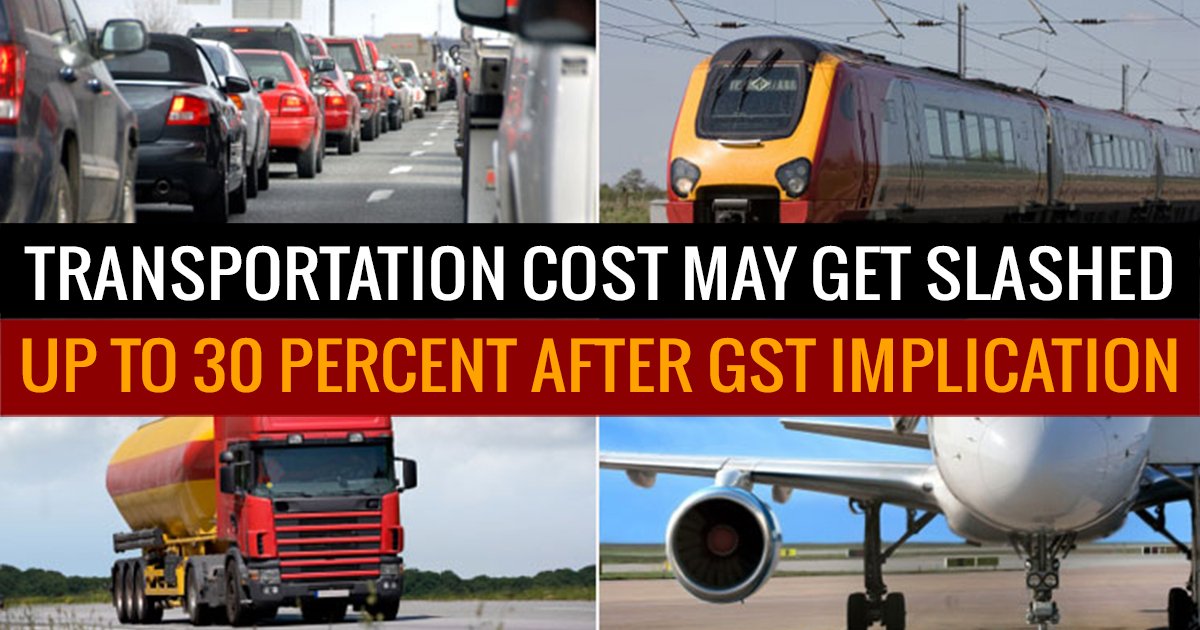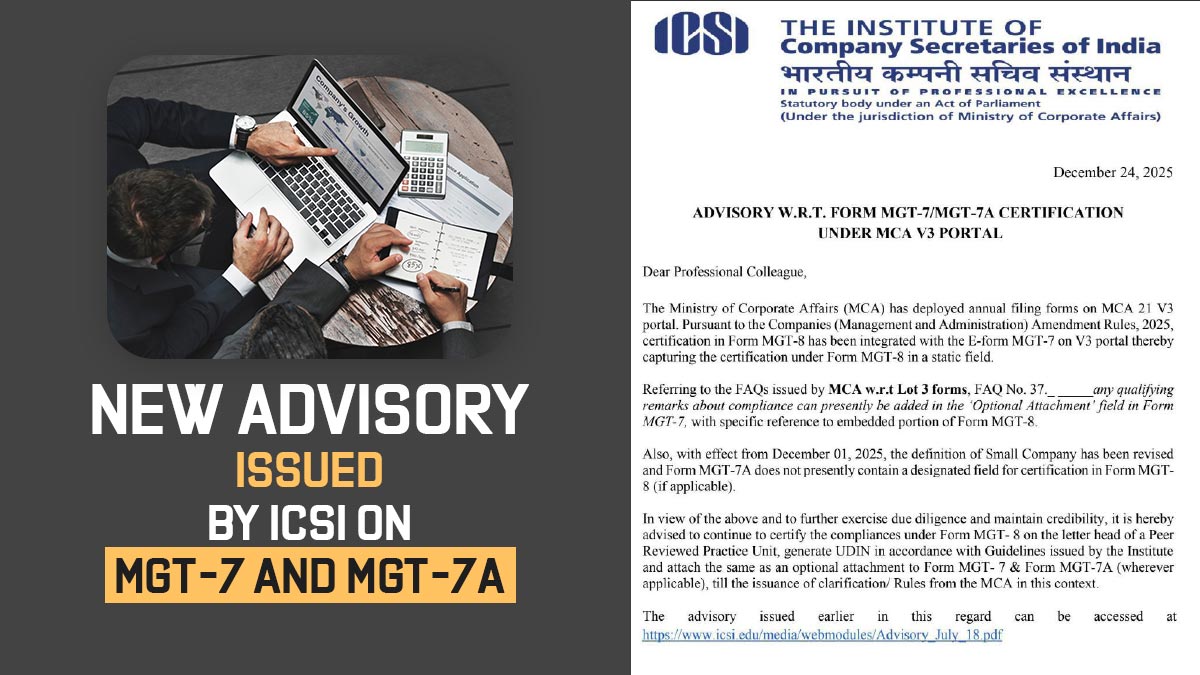
As earlier speculated, the GST can imprint various benefits over the nation’s economic structure. This time is it has proved to be well worth for the transportation and logistics industry. In a discussion with an imminent person of KPMG Advisory Services Rajeev Singh, Partner – Management Consulting was guiding over the matter of GST and its effects over various procedures currently running through the nation.
When asked about the business-to-business (B2B) and business-to-consumer (B2C) segments and how it will modify when GST will apply, Mr. Rajeev Singh said that “The B2B segment focuses predominantly on upstream to generate cost efficiency. Presently, even if a supplier across the State supplies goods at 1.5 percent lower cost, the supplier’s landed cost does not work out to be as cost effective if one considers the additional 2 per cent central sales tax (CST). Earlier, the manufacturer tried as much as possible to buy material from the same State. But after GST, the manufacturer can streamline his procurement footprint and establish a lean supplier network that is cost-effective, irrespective of the location.
In the case of B2C, the focus is largely on downstream. Overall, the supplier network will get leaner both in buying as well as on the distribution side. Manufacturers will prefer larger plants because of a reduction in logistics cost and ability to service greater geographical area from the same plant. So, for instance, today if I have a plant with a very bulky transportation network, the break-even distance could be around 250 km. But after GST the break-even distance will increase possibly to 300 km or more. People will set up larger plants and this will result in economies of scale for the manufacturer. Over a period of one or two years, the benefits will pass on to the consumer. Across the world, GST, though inflationary from a short-term perspective, has brought down cost over a longer term.”
While the discussion took a turn towards the standard logistic and products dumping method and the containerisation ideology, the KPMG Advisory person said that “Usage of twenty, thirty and forty tons will go up after GST. Consolidation will increase and demand transportation using larger load trucks will be high. But this will have to be dovetailed well with infrastructure development because with bigger trucks you require better and broader roads. This infrastructure investment should be done by the Centre.
From an industry perspective, it is good news because per km transportation cost will go down.”
The Cold supply chain market also got its turn in the middle of a discussion and talking about its scope and changes, the partner of managing consultancy told that “There are three types of supply chain: the ambient supply chain, chain that moves at 4 degrees centigrade and chain that moves at -20 degrees centigrade. In terms of consolidation, it will be a little bit more beneficial for a cold chain because the investment requirement in an ambient supply chain or a 4 degrees centigrade supply chain is lesser than in a cold chain. Rather than consolidation that is happening currently at 100-odd locations, after GST, investments can be made only in 60-70 locations.”
Asking about the service levels which customers would experience after the GST coming into the stand, he said, “Service levels will improve as the depot and dealers get remapped. Customers can reap benefits from both cost and service levels. With GST, service levels will go up while cost will go down.”
Just for the matter fact, the employability growth was also taken into consideration and Mr. Rajeev Singh shade some light on this crucial part, he said, “From a micro perspective, at every level, there is an opportunity to rationalize and reduce the people involved. Even from a tax perspective, the number of authorities dealing with tax is getting simplified. So, overall, at a company level, greater efficiency is obtained with a fewer number of people than in the earlier system. But in the overall perspective, Indian companies will become globally competitive. This should help improve growth of industry in India.”









